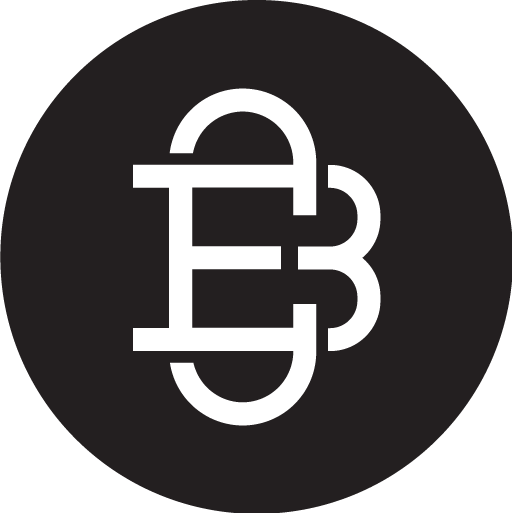Planning for Retirement: Exploring the Solo 401(k), SEP IRA, and SIMPLE IRA
Written By Philip King, Senior Tax Accountant at BEC CFO & CPA
Planning for retirement is a critical step for self-employed individuals and small business owners who want to secure their financial future. While traditional retirement accounts like IRAs are well-known, there are several other retirement options specifically designed for those who work for themselves or own small businesses. Each of these plans offers unique benefits, contribution limits, and flexibility, allowing business owners to maximize their savings while enjoying tax advantages. In this article, we’ll explore the Solo 401(k), SEP IRA, and SIMPLE IRA to help you decide which plan might best suit your retirement goals.
Solo 401(k)
A Solo 401(k) retirement account is tailored to self-employed individuals or small business owners without full-time employees (except for a spouse). This plan allows for individual contributions up to the annual IRS limit ($23,000 in 2024, with an additional $7,500 catch-up contribution if you’re 50 or older). Additionally, the business may contribute up to 25% of compensation, with a combined cap of $69,000 (or $76,500 if 50 or older). It’s important to note that contributions to a Solo 401(k) are based on earned self-employment income—if earnings are zero or less, contributions generally aren’t allowed. This account must be established by the end of the tax year, with contributions made by the tax return’s due date, including extensions.
SEP IRA
A retirement account with similar limits to the Solo 401(k) is the SEP IRA. This account is beneficial for businesses seeking a straightforward approach to retirement savings and is ideal for sole proprietors, independent contractors, or small businesses with few or no employees. Contributions are capped at $69,000 in 2024. While catch-up contributions are available in a Solo 401(k), they are not permitted with a SEP IRA, as contributions to this account are solely made by the employer. A key difference from the Solo 401(k) is that a SEP IRA can be established and funded up to the tax return due date, including extensions.
SIMPLE IRA
A SIMPLE IRA (Savings Incentive Match Plan for Employees IRA) is designed for small businesses with 100 or fewer employees. This plan is a great choice for businesses that wish to offer retirement benefits without the complexity of other plans. Contributions are limited to $16,000, with an additional $3,500 catch-up allowed if age 50 or older, for a maximum of $19,500. Unlike the Solo 401(k) or SEP IRA, employers in a SIMPLE IRA must contribute either a non-elective 2% of compensation for all eligible employees or match up to 3% of the employee’s compensation. Employees should make contributions promptly (usually by the end of the month), while employer contributions must be made by the business’s tax filing deadline, including extensions. Additionally, all employer contributions to a SIMPLE IRA vest immediately.
Conclusion
Choosing the right retirement plan is an important decision that can impact your long-term financial security and your business’s tax strategy. Whether you need high contribution limits, flexibility in funding, or a straightforward setup, there’s a self-employment retirement plan that aligns with your needs. By understanding the specifics of each option—the Solo 401(k), SEP IRA, and SIMPLE IRA—you can make informed choices that pave the way to a comfortable and secure retirement.


